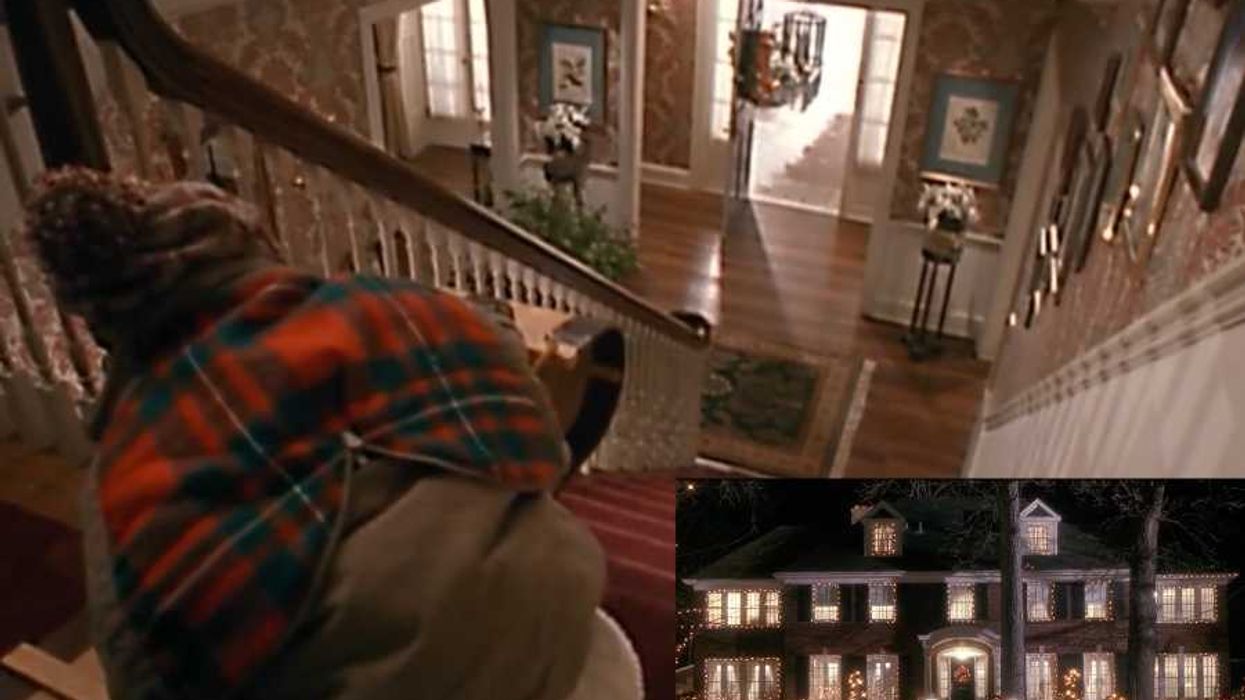Coral reef enthusiasts in the coastal Egyptian city of Dahab have installed an underwater art museum in the Red Sea that will eventually give birth to a brand-new reef.
The project was organized by i-Dive Tribe, a community of scuba divers that facilitates recreational dives in Egypt and advocates for the preservation of coral reefs and marine life. They enlisted the support of Bedouin Divers, another local group, and worked in cooperation with Egypt’s national protectorates, a set of laws enacted to protect Egypt’s natural resources. Over the course of three years, members of i-Dive Tribe helped submerge three large statues in a section of the Red Sea that lies within the Sinai Peninsula.
The statues are designed to promote the creation of a new coral reef—hundreds of open-ended steel tubes run through them to provide holes where small marine creatures may find shelter from predators. According to i-Dive Tribe, “The aim of this project was to create a new dive site, provide habitat for marine life, create a rich suitable medium for coral growth, and decrease human impact on currently present coral reef dive sites.”
Hamed Mohamed, artist and assistant professor of fine arts at Luxor University, designed the statues. The first two of the series, which are encased in cement, depict the likenesses of Bes, the Ancient Egyptian god of joy, and Horus, the falcon god of the sun. The final piece of the new underwater museum, a 1,700-pound elephant made of recycled metal parts, was lowered onto the seabed earlier this week, signaling completion of the project.
“Several different marine life are using those statues now as their permanent habitat, soft corals have covered most of them, and the incredible discovery were [sic] patches of hard corals starting to form in many areas on the statues' body in less than one year,” the group reported on their Facebook page.
According to the group, you can now visit the dive site and check out the underwater museum for yourself.
















 Otis knew before they did.
Otis knew before they did.